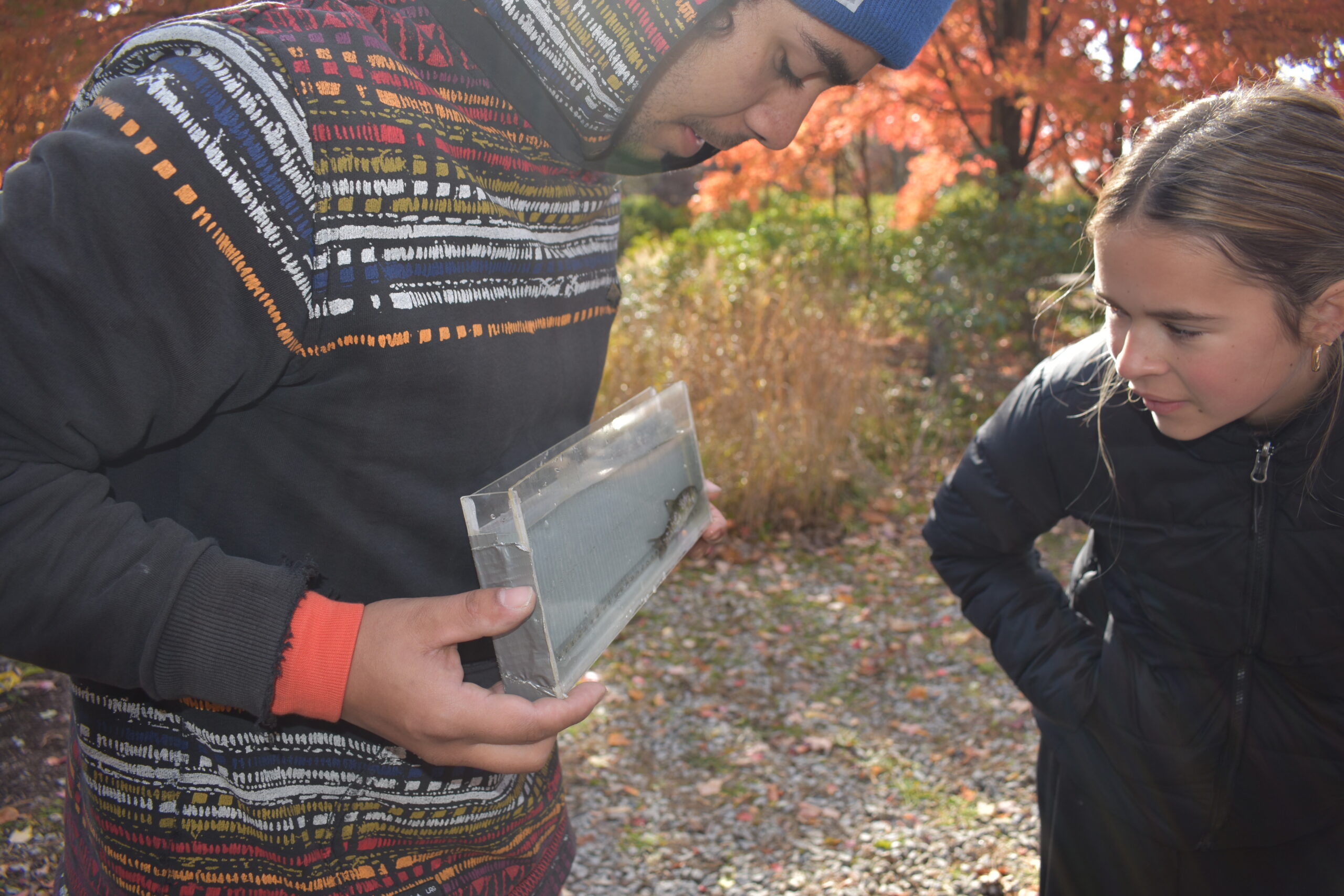Shocking Discoveries Along the River
Exploring Urban Biodiversity with Wheeler School: Electrofishing on the Woonasquatucket
This fall, WRWC spent three days in the field with students from The Wheeler School for a hands-on exploration of the Woonasquatucket River. Led in partnership with Bob Schmidt’s AP Environmental Science class, more than 40 high school students joined us at Rising Sun Mills, Whipple Field, and again at Rising Sun to take part in an electofishing survey that revealed just how alive our urban river truly is.

With boots in the water and notebooks in hand, students helped operate the electofishing equipment and carefully recorded each catch. Electrofishing uses a controlled, temporary electric current to safely stun fish so they can be identified, measured, and released without harm. The method gives us a snapshot of the species living in the river and the conditions they need to survive.

Across the three outings, we caught an impressive number of fish, including American Eels of all sizes. Some were no longer than a finger and others stretched close to two feet. These eels are a remarkable species that spend part of their lives in the ocean and part in freshwater. They begin in the Sargasso Sea where adults migrate to spawn and where young eels develop in their early life stages. They then travel thousands of miles to rivers like the Woonasquatucket where they mature for 10 to 20 years and sometimes even longer. American Eels can live for more than 40 years and spend their days hiding beneath rocks and mud. At night, they emerge to hunt small fish, insects, and crustaceans.

We also recorded two Brown Bullhead Catfish, another species that tells us something important about the state of the river. These fish can tolerate a range of water conditions and help us understand how wildlife responds to the urban environment.
Every species we encountered contributes to the story of the Woonasquatucket as an urban wildlife corridor. Their presence helps us understand biodiversity, habitat conditions, and water quality. The information gathered during these surveys is shared with the Rhode Island Department of Environmental Management and adds to statewide monitoring that tracks the health of local ecosystems.

For students, these electofishing trips offered a rare chance to see the hidden life of the river up close. For WRWC, they highlighted how science, education, and stewardship come together to support the long-term restoration of the Woonasquatucket.
By studying who lives in the river today, we can better protect the river of tomorrow.

